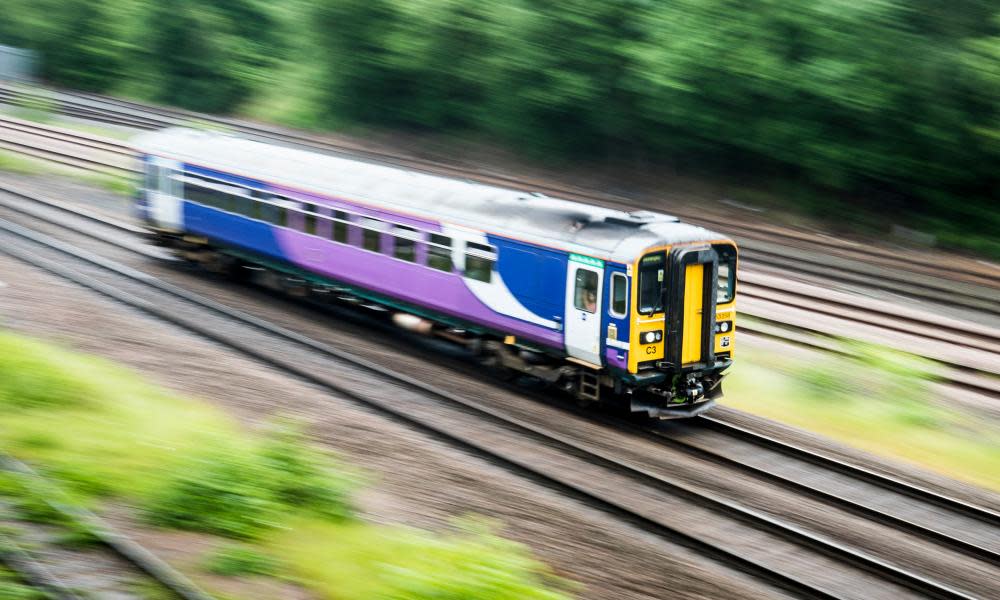Transport spending in London still twice northern England's

The “northern powerhouse” was the Conservatives’ big idea for closing the north-south divide and winning over sceptical voters in the north of England.
But an analysis of government figures released on Tuesday shows that in the four and a half years since the northern powerhouse agenda was set by the then chancellor, George Osborne, transport spending per person has gone up twice as much in London as in the north of England.
The analysis, by the thinktank IPPR North, suggests that while the capital has seen a £326 per person increase in public spending, the north has seen an increase of less than half that – £146. Transport spending per person remains approximately twice as high in London as in the north, as it has for the past decade.
In Yorkshire and the Humber, spending fell by £18 per person, more than any other region. Judith Blake, the leader of Leeds city council, described the drop as “profoundly disappointing” and said the West Yorkshire combined authority would continue to make the case for investment in major infrastructure, “including HS2, Northern Powerhouse Rail and an upgraded trans-Pennine route, alongside support for integrated local services”.
IPPR North renewed its call for the Department for Transport to follow through on promises to invest in the north and to devolve power to Transport for the North, a new statutory body.
Luke Raikes, a senior research fellow at IPPR North, said: “Today’s figures show us that government still needs to follow through on their promises to make the northern powerhouse a reality.
“An increase in spending in the north-west in the past year is very welcome. As is the £37m announced in the budget for transport in the north, but the north-east and Yorkshire and the Humber are yet to see such a boost, and investment in the north still pales in comparison to spending in London. People are continuing to suffer the very real effects of decades of underinvestment, and the ongoing chaos on northern trains is a clear sign of how far there is to go.”
In its own analysis of the expenditure figures, the Treasury said the higher spending on London was “at least partly explained by the fact that for many functions it is more expensive to provide services in the capital, due to higher staff and infrastructure costs”. It added that spending by Transport for London also benefits commuters who live outside London but use TfL services while commuting.

 Yahoo News
Yahoo News 
